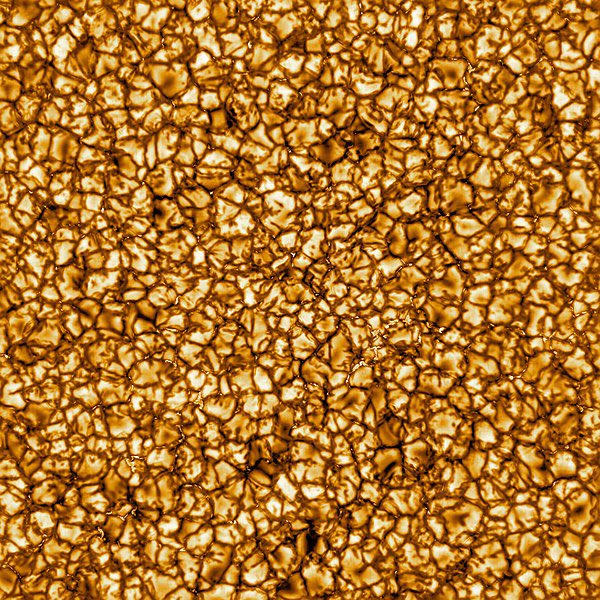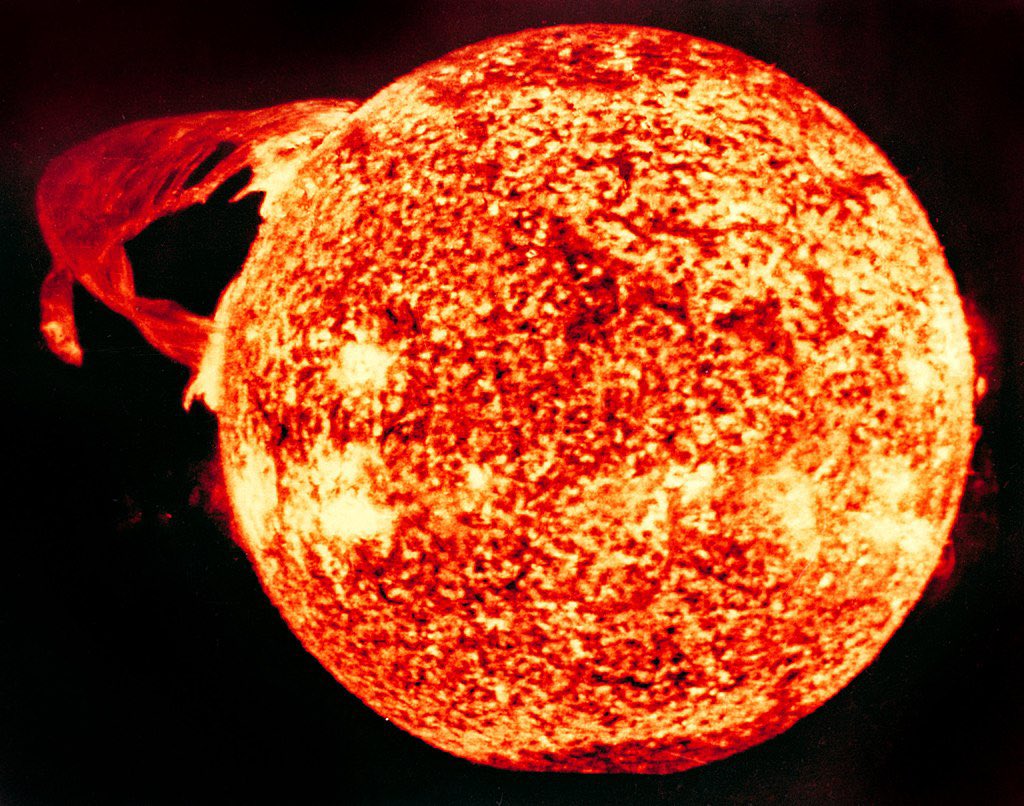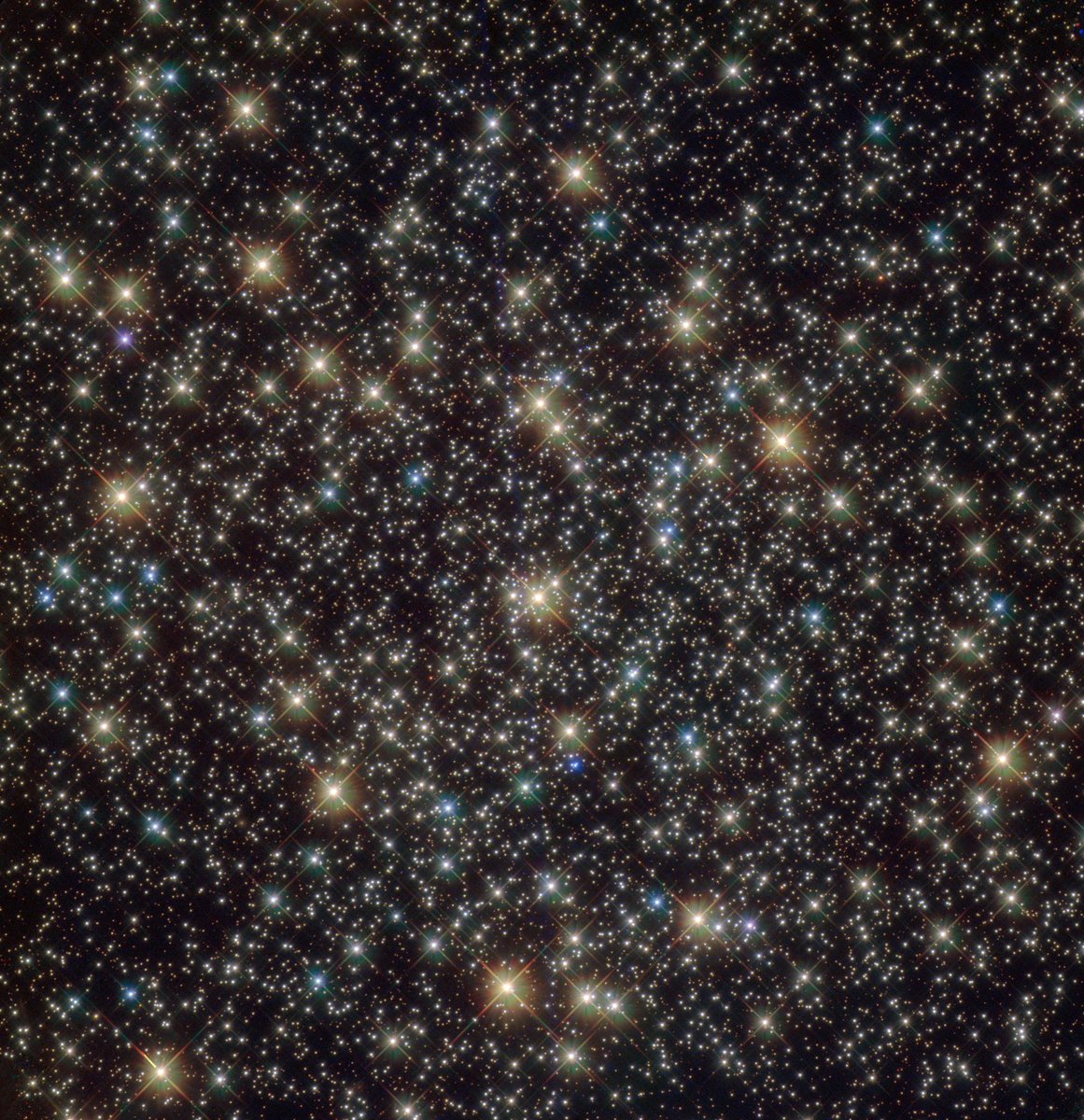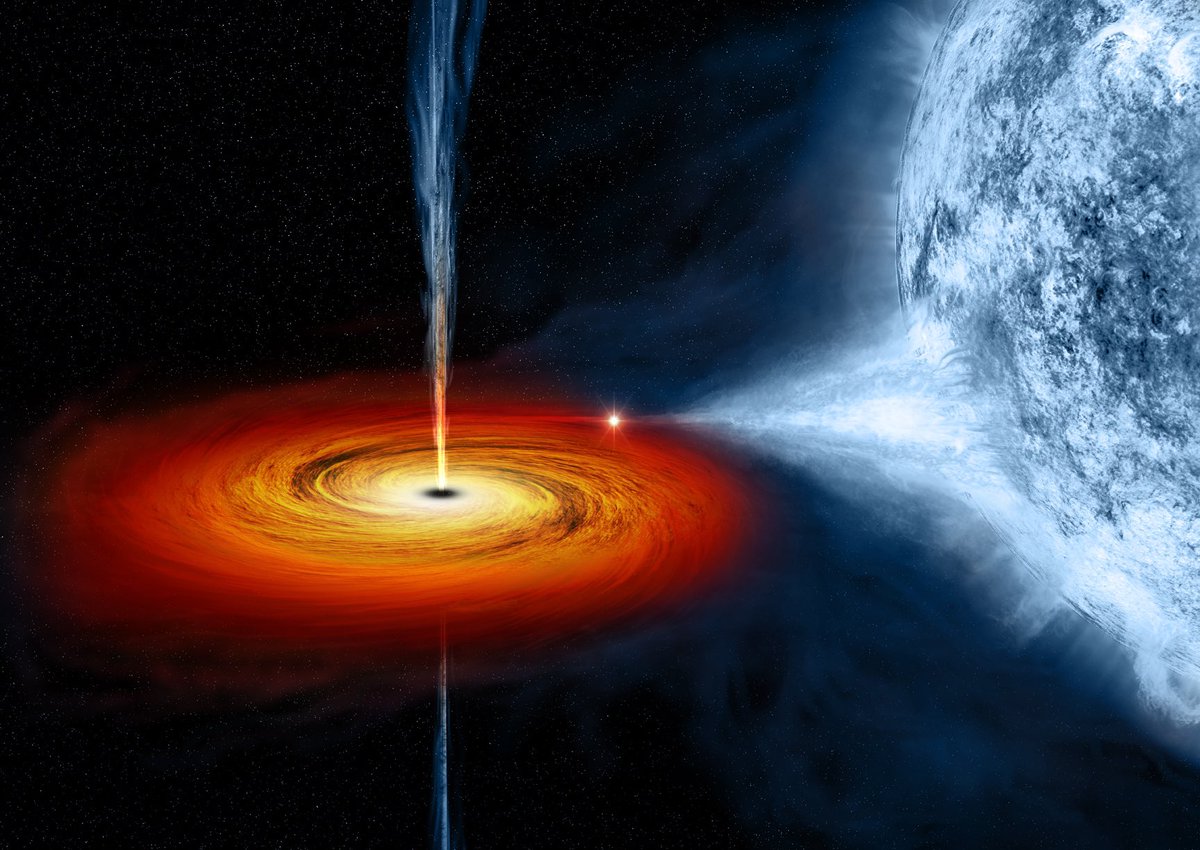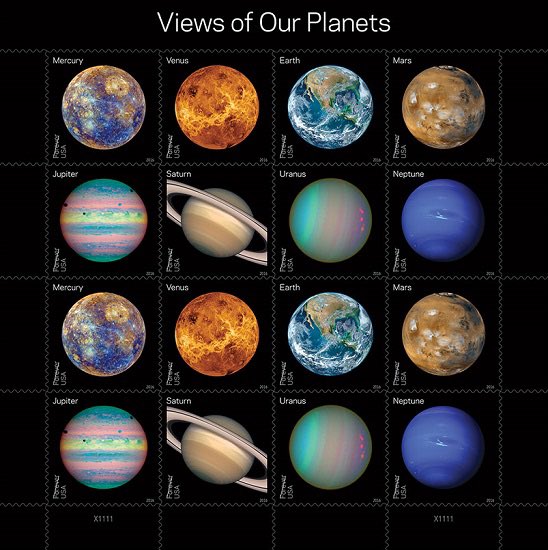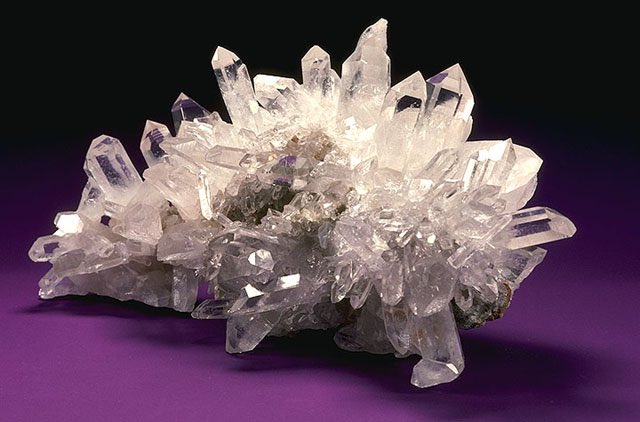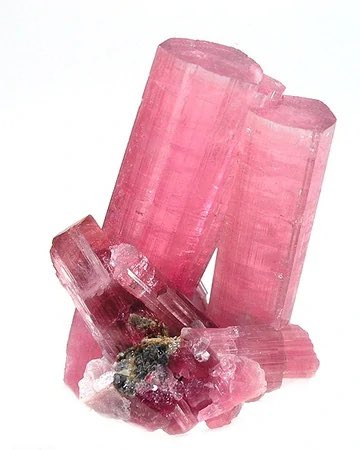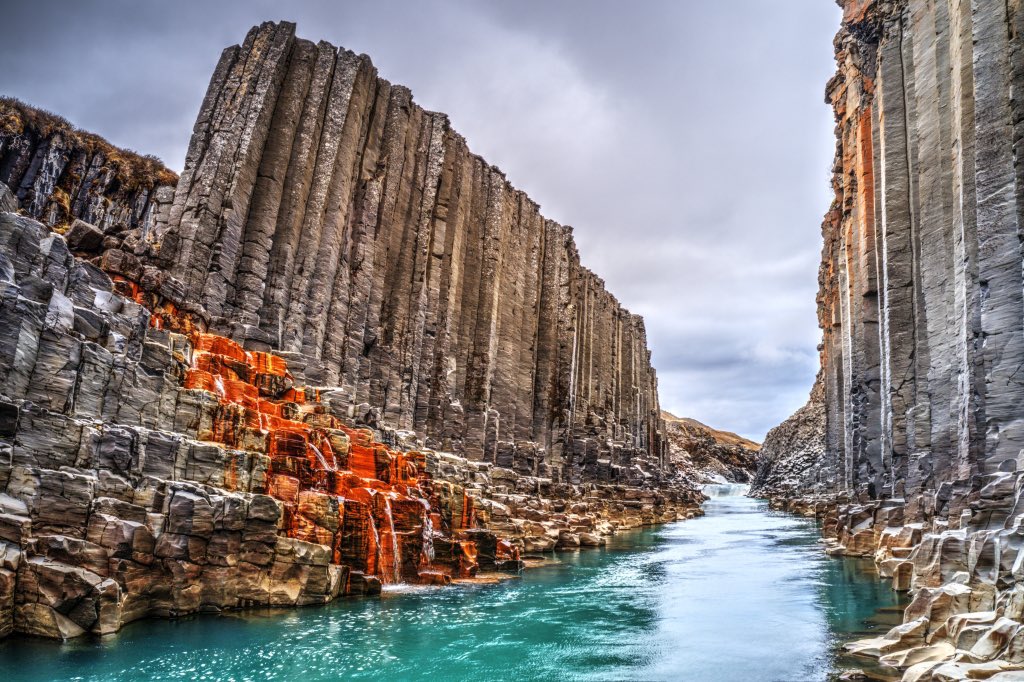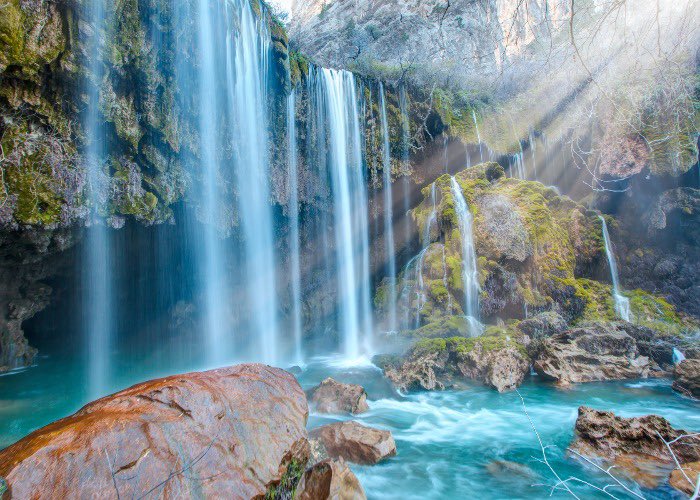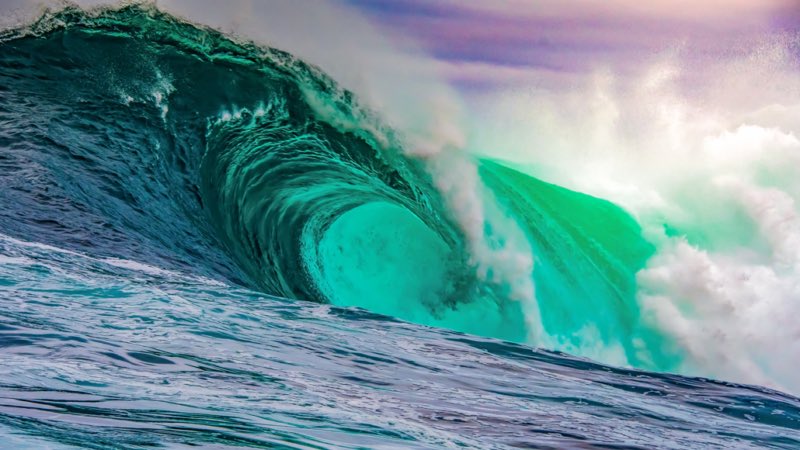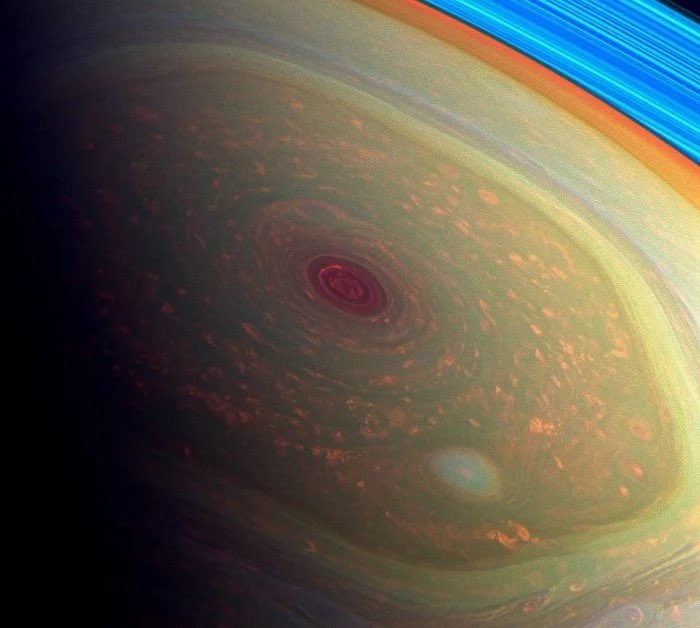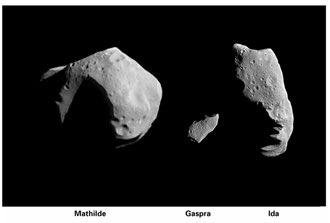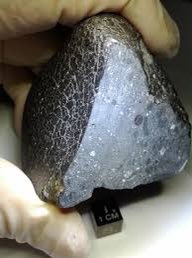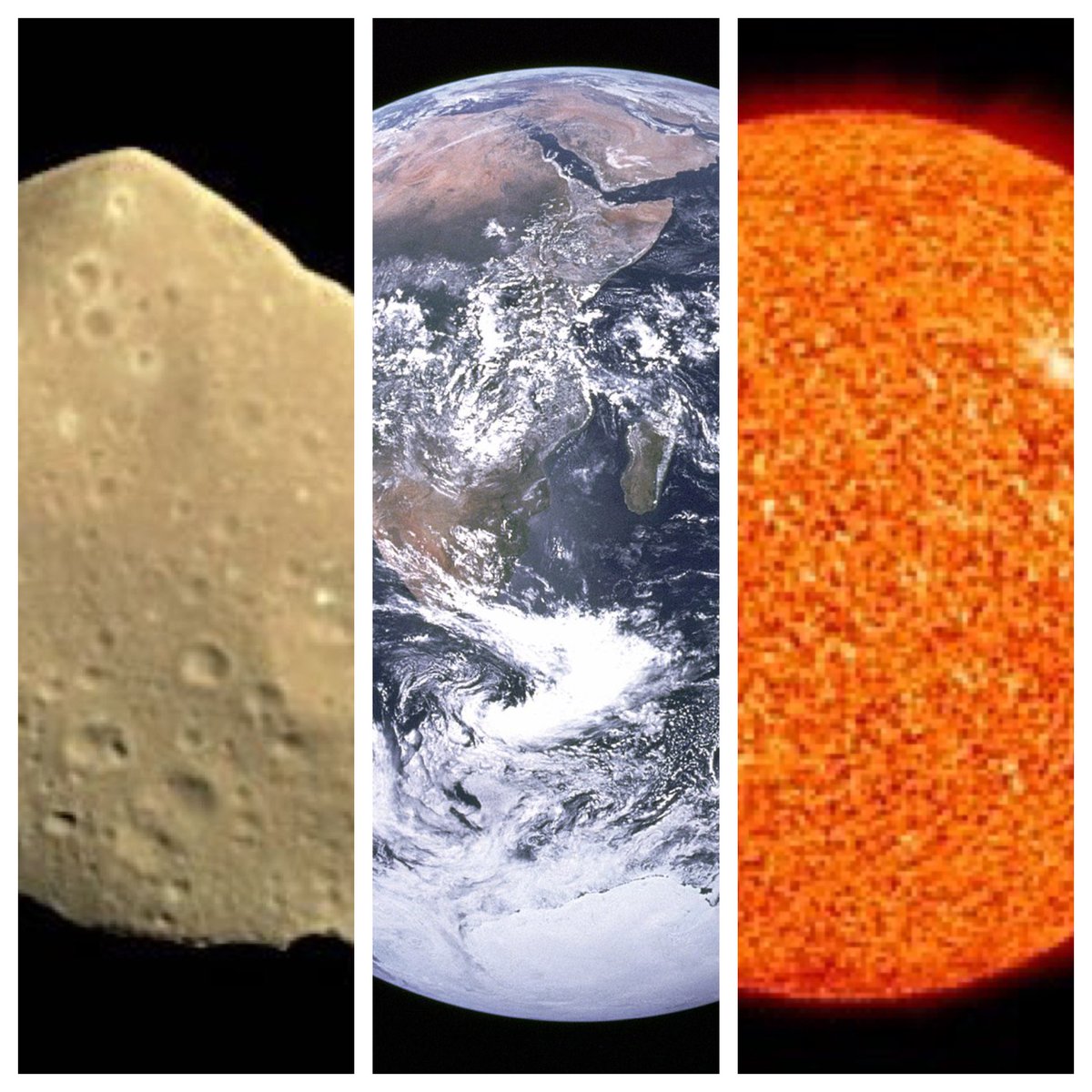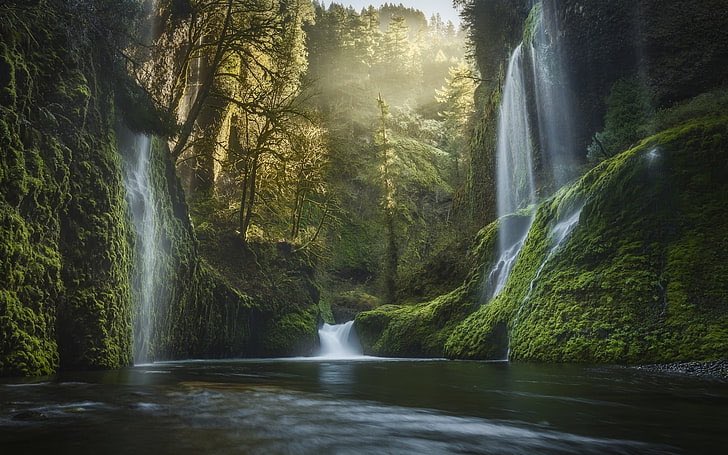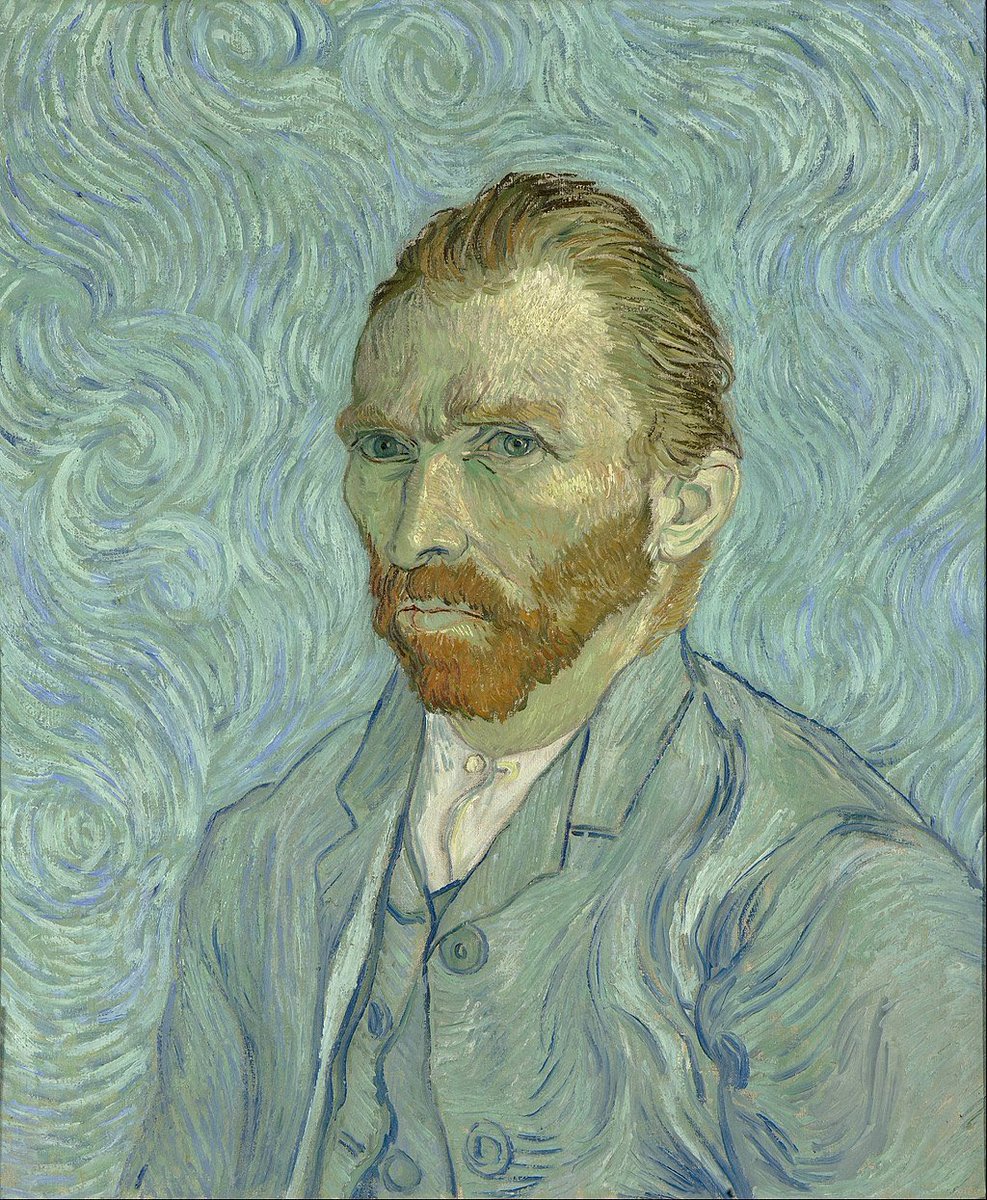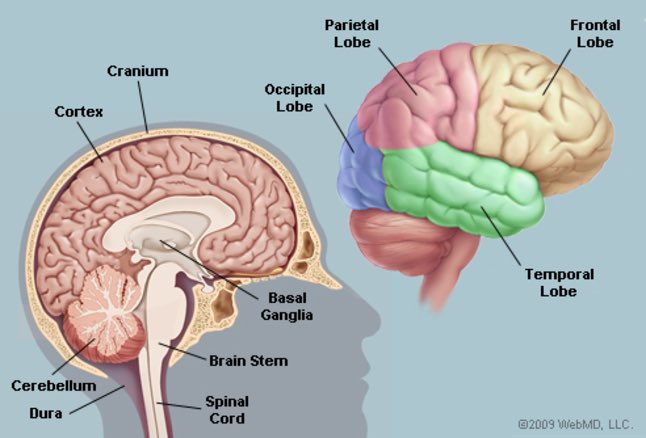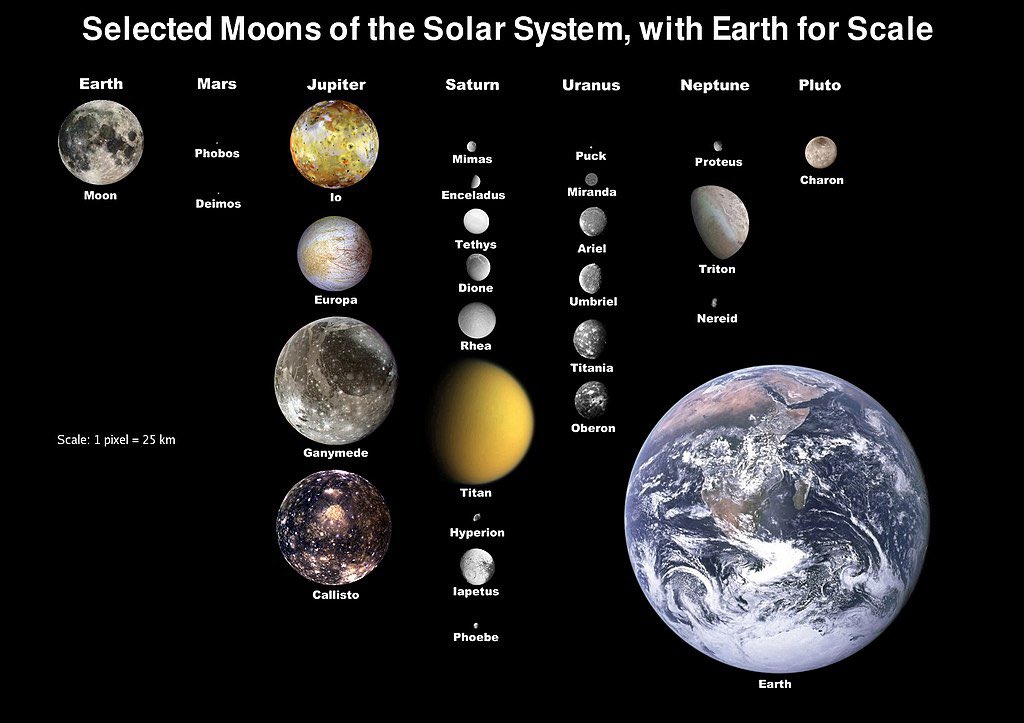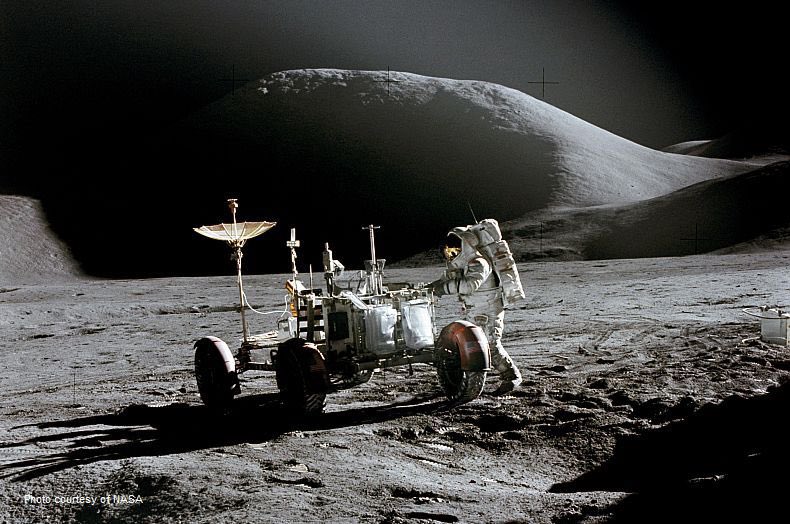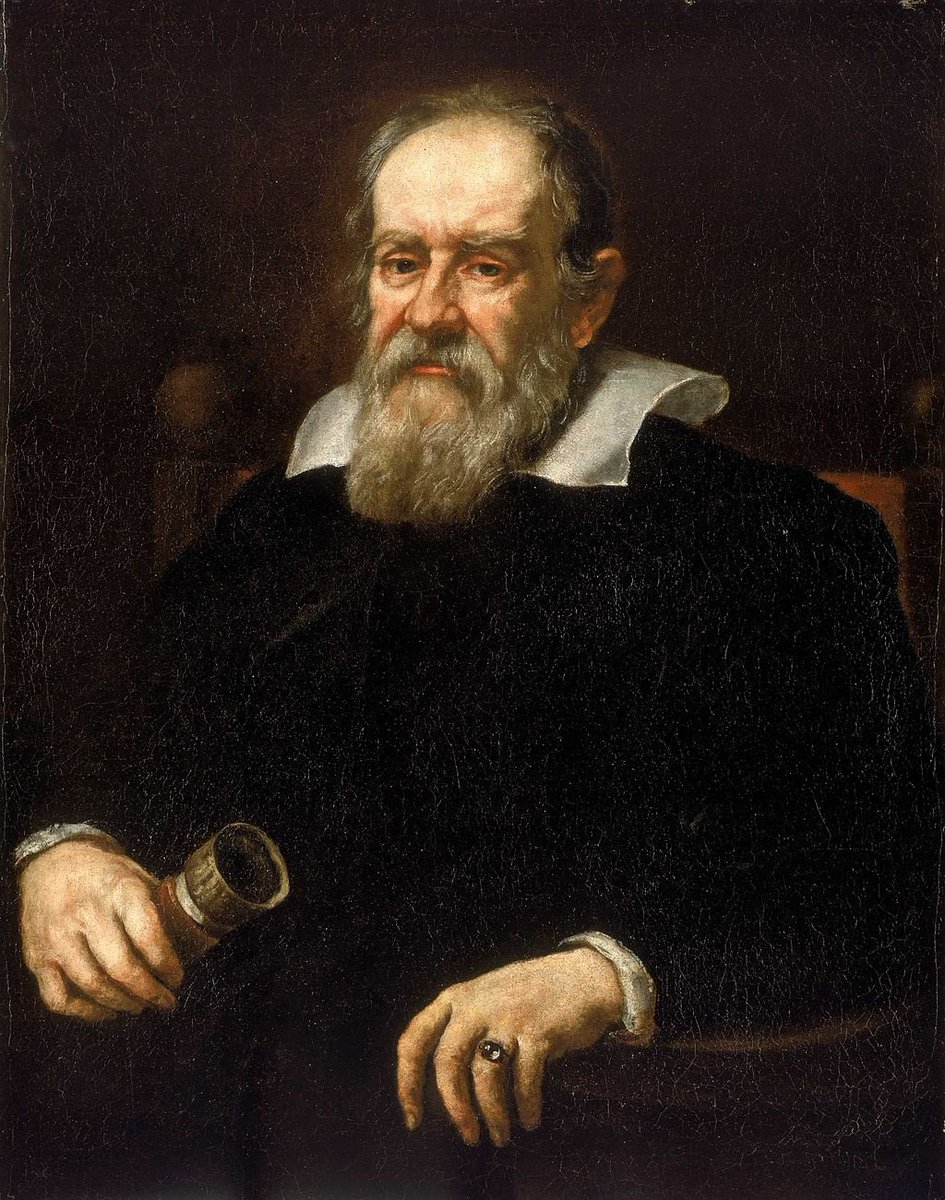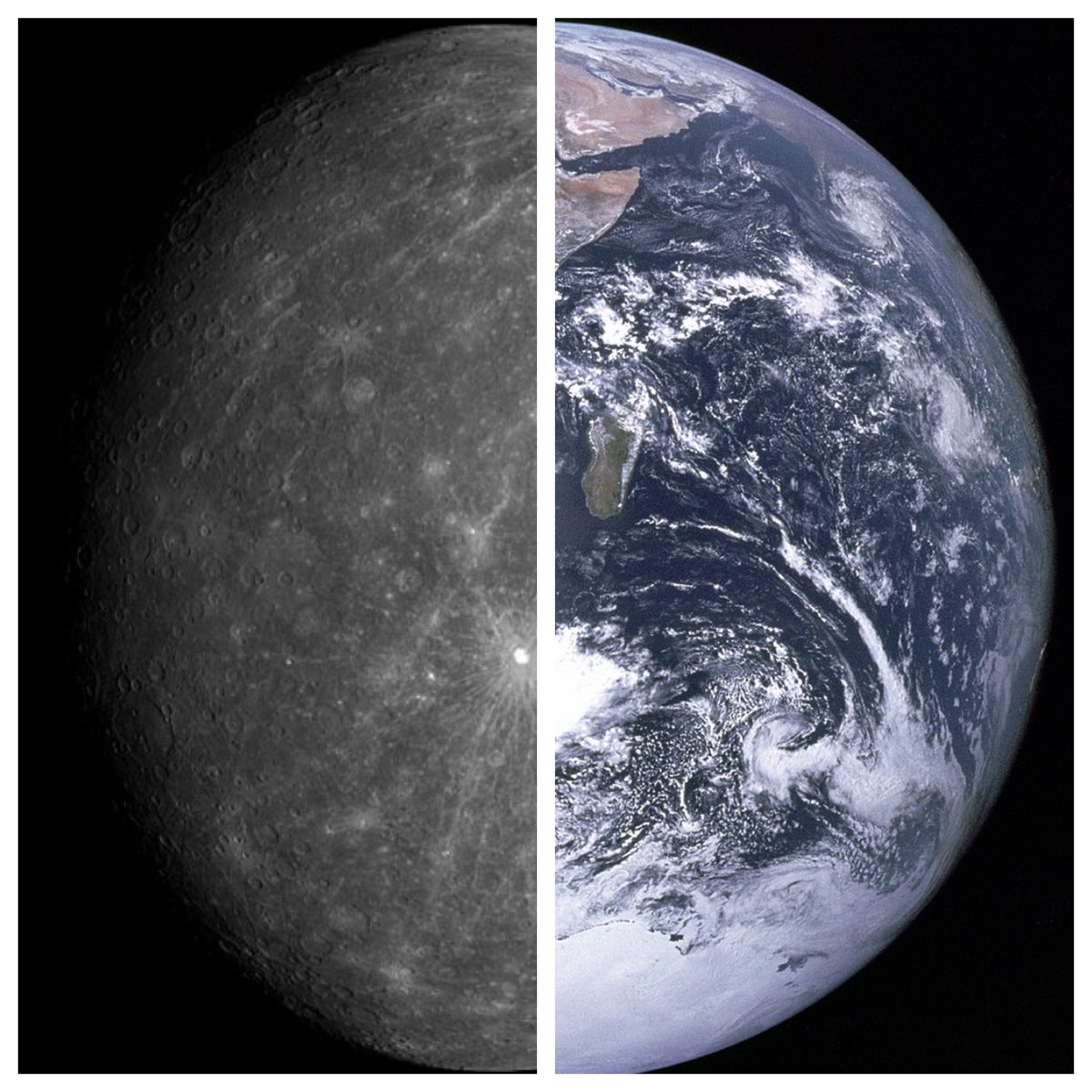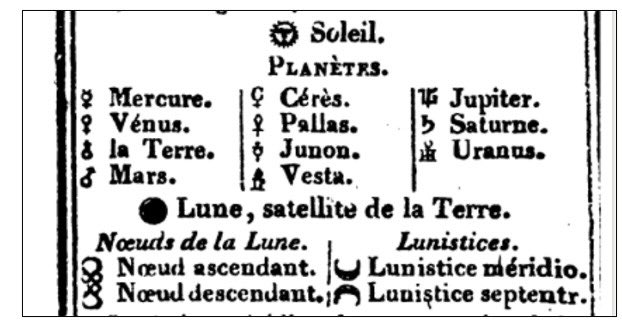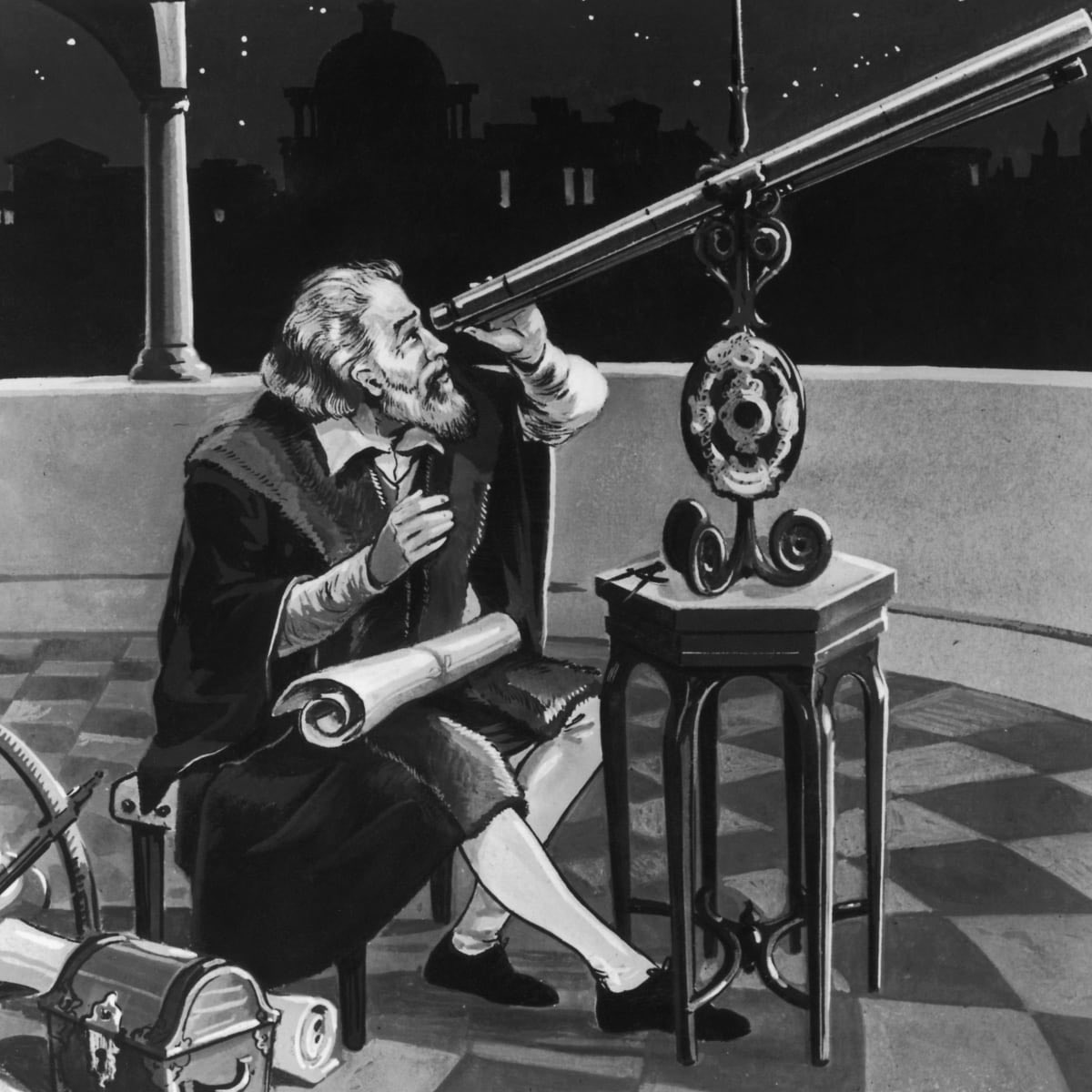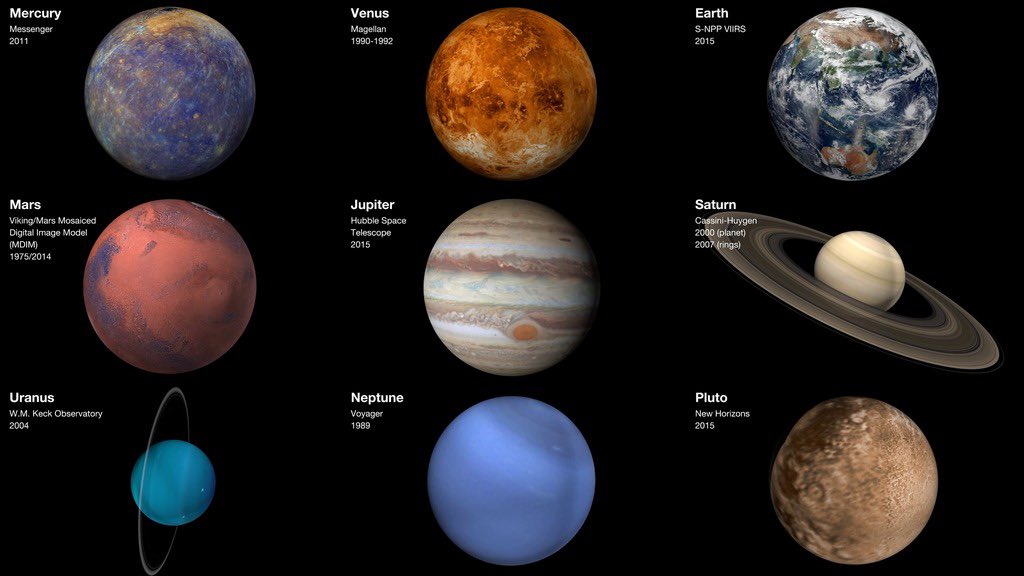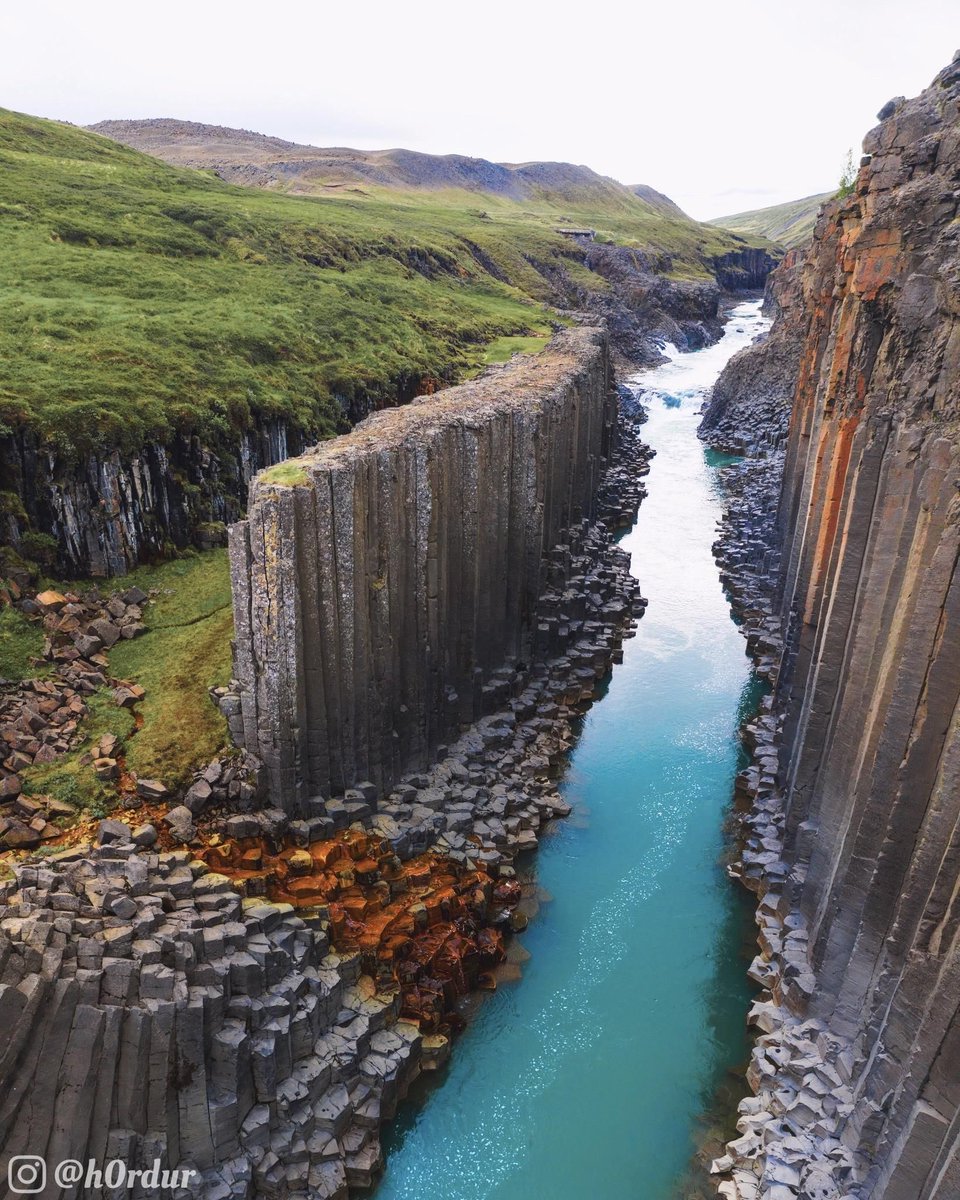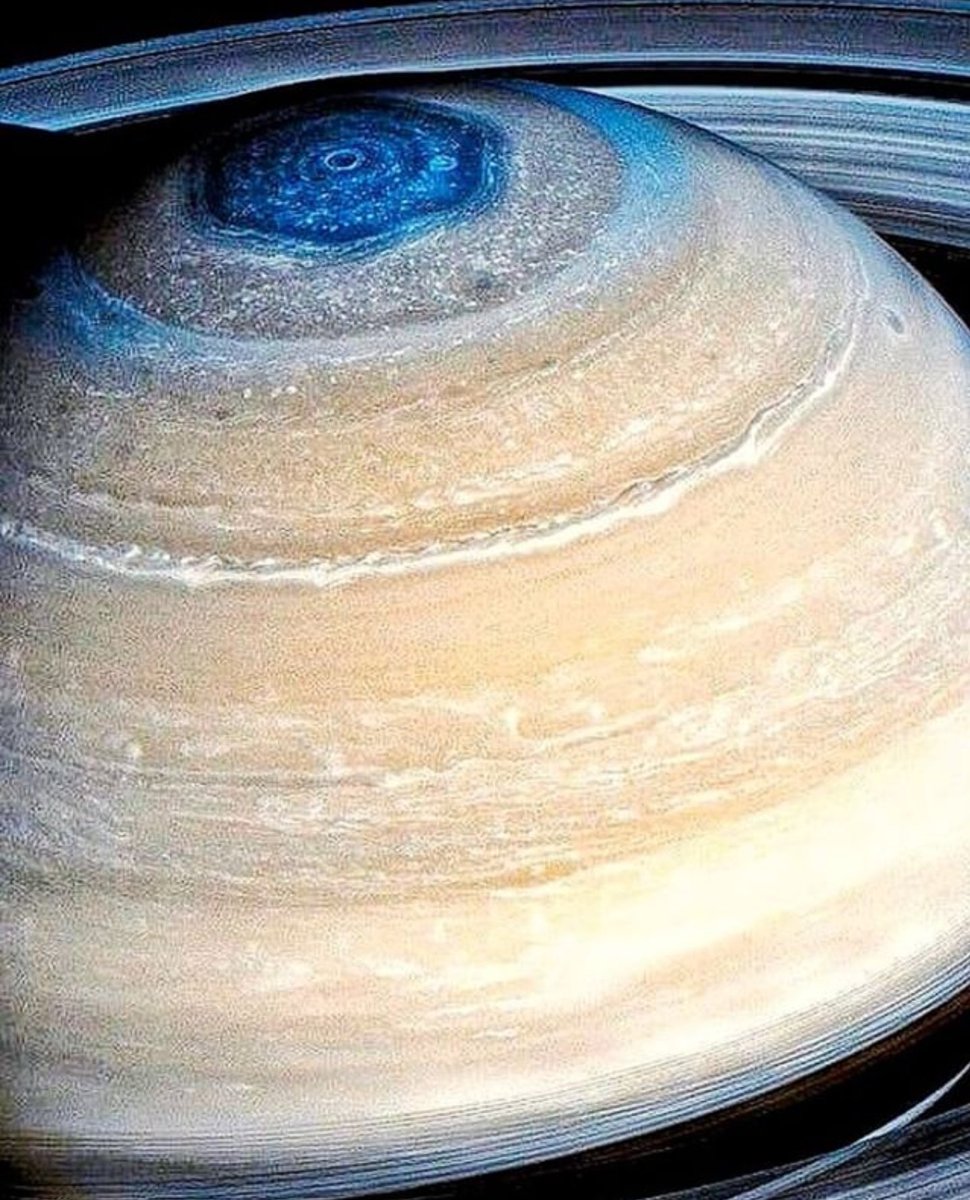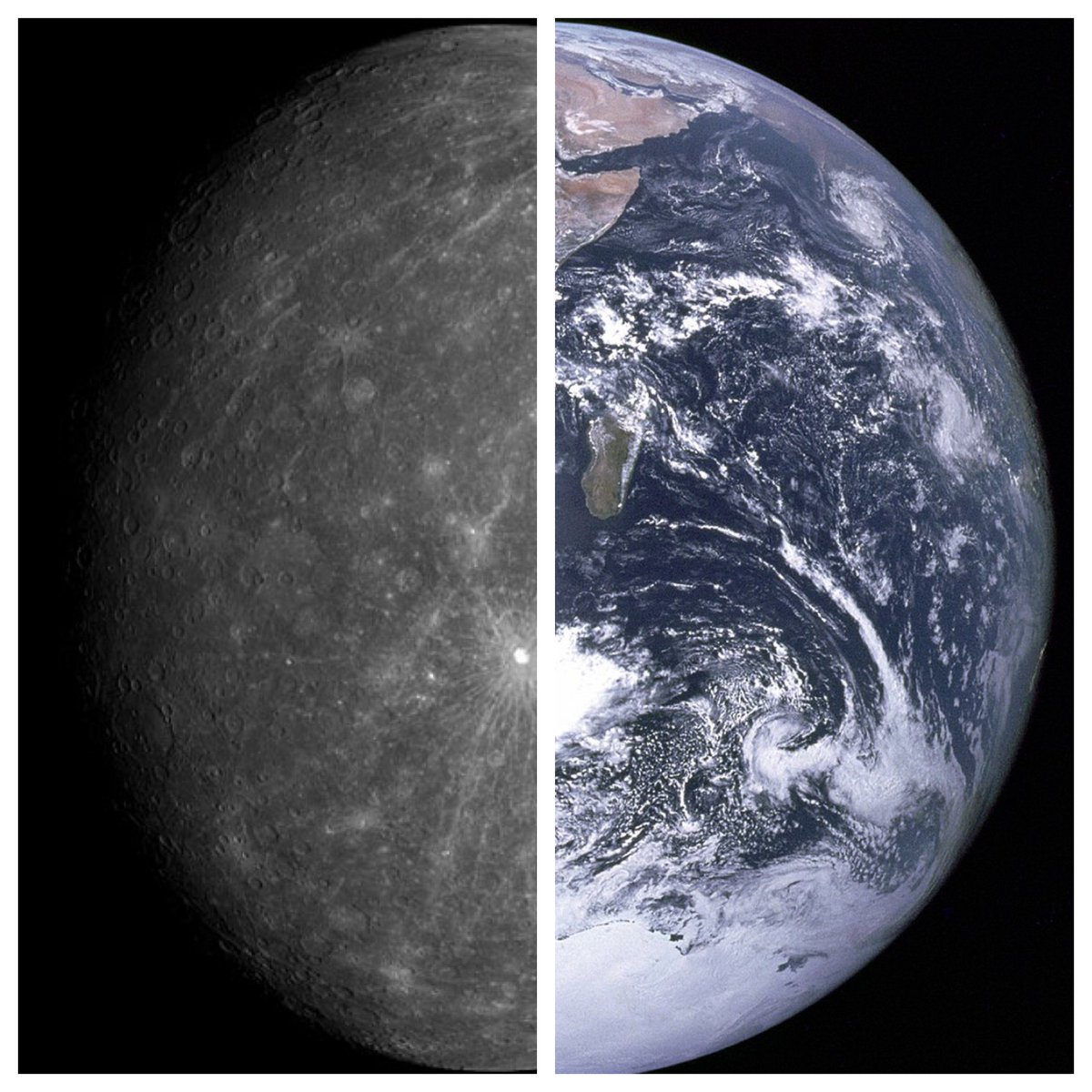I’ve been thinking a lot lately about measures of complexity. Look at the complex structures in a star. Amazing! It is mind-blowing that such complexity naturally arises in the cosmos simply because a bunch of mass gravitated together and started fusion 
And... (thread) /1 https://twitter.com/daviddayag/status/1348788286077218817

And... (thread) /1 https://twitter.com/daviddayag/status/1348788286077218817
2/ that’s not all. The Sun has these self-organizing Bénard cells all over its surface. These are convection cells where the plasma is hotter and rising, surrounded by borders where it is colder and falling. Amazing! Put enough mass together, you get this (Source: NSO/AURA/NSF)
(Source: NSO/AURA/NSF)
 (Source: NSO/AURA/NSF)
(Source: NSO/AURA/NSF)
3/ Here’s a gif showing the convection that self-organizes into similar Bénard cells. This process just happens naturally in many situations in nature, including in stars  (Image credit: G. Kelemen, https://fyfluiddynamics.com/2017/10/looking-at-convective-cells-its-easy-to-think/)
(Image credit: G. Kelemen, https://fyfluiddynamics.com/2017/10/looking-at-convective-cells-its-easy-to-think/)
 (Image credit: G. Kelemen, https://fyfluiddynamics.com/2017/10/looking-at-convective-cells-its-easy-to-think/)
(Image credit: G. Kelemen, https://fyfluiddynamics.com/2017/10/looking-at-convective-cells-its-easy-to-think/)
4/ Another amazing phenomenon of complexity that naturally emerges in stars: Prominences! These are great loops of plasma following magnetic field lines that exist around the star. Put enough mass together so fusion begins, and this is one of the things that just happen 

5/ Another emergent phenomenon of stars: the stellar wind (or solar wind, for our Sun): the flow of matter from the star out into space. Put enough mass together, and gravity pulls it tightly causing fusion; a great flux of energy is released; and you get all these cool things!

6/ And yet for all the mind blowing phenomenology of stars, I think they missed the mark when it came to emergent complexity. There is something more complex in space than stars...
(Image: ESA, Hubble, NASA, Sarajedini et al.)
(Image: ESA, Hubble, NASA, Sarajedini et al.)
7/ What if we put a many stars together to make a black hole. Is this more complex than a star? I don’t *think* so. Black holes still produce complex phenomena, but many of the behaviors of stars can no longer occur. I think the complexity becomes less. (Image: NASA/CXC/M.Weiss)
8/ So let’s go the other way. What if you put *less* mass together into a body in space, so it is not enough mass to initiate fusion and become a star. I am darned sure those objects are *more* complex than stars. Planets! (Image: USPS)
9/ A star is covered with Bénard cells, sunspots, prominences, flares, etc... ...but all the Bénard cells are basically the same, all over the star. Are the phenomena on the surfaces of planets basically the same all over? Well, some places on a planet you get this:
...but all the Bénard cells are basically the same, all over the star. Are the phenomena on the surfaces of planets basically the same all over? Well, some places on a planet you get this:
 ...but all the Bénard cells are basically the same, all over the star. Are the phenomena on the surfaces of planets basically the same all over? Well, some places on a planet you get this:
...but all the Bénard cells are basically the same, all over the star. Are the phenomena on the surfaces of planets basically the same all over? Well, some places on a planet you get this:
11/ ...or this...
(Source: https://icelandnaturally.com/article/hike-studlagil-canyon-icelands-beautiful-basalt-formation/)
(Source: https://icelandnaturally.com/article/hike-studlagil-canyon-icelands-beautiful-basalt-formation/)
12/ ...or this...
(Source: https://www.loveexploring.com/galleries/amp/76836/these-are-the-worlds-most-beautiful-waterfalls)
(Source: https://www.loveexploring.com/galleries/amp/76836/these-are-the-worlds-most-beautiful-waterfalls)
13/ ...or this...
(Source: https://timesofindia.indiatimes.com/travel/destinations/mountains-that-still-remain-unconquered/amp_articleshow/64559696.cms)
(Source: https://timesofindia.indiatimes.com/travel/destinations/mountains-that-still-remain-unconquered/amp_articleshow/64559696.cms)
14/ ...or this...
(source: https://www.sciencenewsforstudents.org/article/explainer-understanding-waves-and-wavelengths/amp)
(source: https://www.sciencenewsforstudents.org/article/explainer-understanding-waves-and-wavelengths/amp)
17/ Surely, the complexity of planets is more than stars! Lowering the mass increased the complexity.
But what if we go to even smaller masses than planets? Do the objects become even *more* complex?
It doesn’t seem like it.
But what if we go to even smaller masses than planets? Do the objects become even *more* complex?
It doesn’t seem like it.
18/ But before we give up on the smaller objects, let’s go even smaller. Is a meteorite (or even an interplanetary dust speck) more complex than a planet? Well, they are still pretty complex. A mixture of minerals. Maybe some random carbon chains & rings in the organic content.
19/ Complexity seems to be maximized in the middle size range: bigger than asteroids, smaller than stars. The physics that cause structures to emerge seem to depend on energy and mass transport processes. Fusion creates an overly high energy flux. Asteroids, not enough.
20/ How could we quantify the emergent complexity of objects in space? Maybe just count all of the unique structures that exist on objects of various sizes. Then do an ensemble average of that count for all the hypothetical objects of similar mass in the cosmos. That way...
21/ ...we could average over the great diversity of planets, including the fraction of planets that are habitable or have life. Even if that is a small fraction of planets, including life in the average blows away the complexity of asteroids or stars. ( https://www.wallpaperflare.com )
22/ Just think of all the unique things that exist in biological systems! To the best of our knowledge, this level of complexity only exists on planets. Not stars or black holes. Not asteroids, meteoroids, or dust specks. Like this...
(fesoj/Wikimedia)
(fesoj/Wikimedia)
23/ And then we can use the Drake equation to guess what fraction of planets include intelligent life and advanced civilizations. Then calculate average complexity incl. all the unique creations of civilization over the % of planets that possess them. ( http://www.telegraph.co.uk )
24/ So there would be a certain fraction of planets in the cosmos that include the complexity that emerges from intelligent minds, like architecture, art, music, and literature. Even if it’s a small fraction of planets, they will skew the average complexity extremely high.
25/ Things like art and music don’t emerge from asteroids or stars, because the neural networks of intelligent brains can exist only in a range of thermodynamics that requires a certain range of gravities, which is the range of planets. (image: http://webmd.com )
26/ So here’s why I’ve been thinking about this a lot, lately. Most people don’t realize that the idea of a “planet” that came from the Copernican Revolution had nothing to do with orbiting a star. (That idea came from 1800s astrology when the public was adopting heliocentrism.)
27/ Instead, the Copernican astronomers included all the moons (like our Moon, Europa, and Titan) along with the primaries (like Earth, Mars, and Jupiter) to be equally “planets”. The scientific concept of a planet had nothing to do with orbits. Instead...
28/ The concept of a planet was that it is any body that is “another Earth” in some sense that kept evolving. A planet is not a star that creates light; but “opaque” like the Earth and Moon. They were geological changing—not unchanging aether—having features like mountains...
29/ And while Galileo was very cautious and did not make wild assumptions about life and civilizations on the planets, most other scientists did. The concept of a “planet” for almost all of them meant “another world possessing intelligent creatures.”
30/ It was the mid-1800s when that wild assumption was replaced by an understanding of habitability on planets. When scientists grasped that, their concept of a planet changed. It still meant a geophysically complex body, but not necessarily a home for life.
31/ While I didn’t want to get into the astrology connection in this thread, I will just mention that the general public switched to heliocentrism much later than scientists did, and they invented their own concept of “planet” informed by astrology and theology, and...
32/ ...that is where the non-scientific idea came from that a “planet” is defined by what an object orbits. Scientists didn’t fall into that way of thinking until about 1920, and when they did it was just cultural influence, not science, that made them change. But anyhow...
33/ So I’ve been thinking how, ultimately, the concept of a planet that came from the Copernican Revolution is similar to the idea of emergent complexity. We have more insight now than Galileo did when he used a telescope to see lunar mountains...
34/ so we are far more nuanced than he when he defined planets (including our Moon) as “another Earth”. We know much better how planets vary in their similarity or dissimilarity. And unlike those who followed Galileo, we now know they don’t all have life. But...
35/ ...the main insight Galileo had when he looked through his telescope at the Moon is still perhaps the greatest discovery in the history of science. That the Earth is not the only geophysically complex place in the cosmos: it is not the only world! All the planets are worlds!
36/ I think we are sophisticated enough that we can start quantifying Galileo’s great insight. We can create a metric to say, with some kind of ensemble average over all the bodies of each size in the cosmos, how much complexity emerges from the natural processes of that size.

 Read on Twitter
Read on Twitter